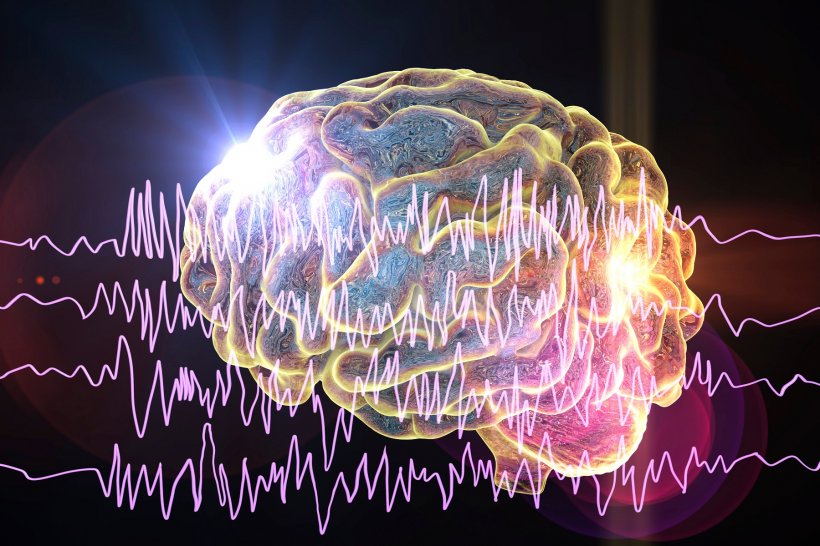
© Shutterstock/Kateryna Kon
Article • Predicting attacks with AI
Epilepsy: Seizure detection method brings hope
Epilepsy affects around 70 million people worldwide, making it the second most common neurological disorder after migraine. Epileptics bear a terrible burden because they experience recurrent seizures that strike without warning.
Report: Callan Emery
Their symptoms range from brief suspension of awareness to violent convulsions and sometimes loss of consciousness. Epilepsy is also responsible for numerous deaths – SUDEP, or sudden unexpected death in epilepsy, occurs in about 1 in 1,000 adults and 1 in 4,500 children with epilepsy a year. If only a device could be developed to help epileptic patients predict when a seizure is about to happen, so they could have time to prepare for it. As far-fetched as this may sound, there has been remarkable progress towards this end, and it appears the development of such a device may not be too far distant.
Over the past three decades research has been considerable to develop seizure detection systems to improve the quality of life of epileptic patients. Ideally, a system should detect a seizure well before it happens to provide a window of time for the patient to alert those around them, find a safe place to be during the seizure and potentially employ any other mitigating options available, such as taking medication. In this area, too, there have been several recent and promising developments with research into the use of cannabis-based compounds, which in early studies appear to reduce seizures. However, this article looks at current research using electroencephalogram (EEG) data and the use of artificial intelligence (AI) to develop an algorithm that can be used to predict a seizure onset. Over the past several years there has been some interesting progress in this field.
EEG is the prime signal used to diagnose epilepsy. However, the large amount of data accumulated from EEG recording has led researchers to employ AI and deep-learning to distinguish between preictal (the time before a seizure) and ictal (the time during a seizure) EEG patterns with the aim of developing an algorithm that will show a change in EEG pattern and provide a warning of an impending seizure. Of course, this is not a simple procedure because EEG recordings are often corrupted with several types of artifacts, including muscle activity, eye movements and environmental (white) noise. These artifacts may negatively affect the genuine manifestations of seizure patterns and severely influence the detection accuracy of epileptic seizures.
In one of the most recent studies (Epileptic Seizure Detection: A Deep Learning Approach, Hussein R, et al., 2018) the researchers based their seizure detection experiments on the publicly available EEG dataset provided by Bonn University – the most widely used dataset for epileptic seizure detection. They point out that ‘deep learning has been proven to achieve promising results in different research problems, such as face recognition, image classification, information retrieval and speech recognition’ and note that they used ‘recurrent neural networks’, an artificial neural network employed in AI and deep learning, ‘to learn the expressive seizure characteristics from EEG data and extract the discriminative EEG features pertinent to seizures.
Recommended article

Article • Virtual Brain
Computer model simulates epileptic events
Approximately one percent of the world population are epileptic; in France alone, an estimated 600,000 people regularly experience seizures.
The researchers then tested the robustness of their seizure detection method, or algorithm, against a variety of conditions, such as seizure detection in real life which included the most common EEG artefacts. They found their algorithm could effectively and accurately ‘identify EEG features associated with seizures, even when the EEG data are completely immersed in noise’. This research by R Hussein et al. is some of the most advanced in this field. They say in their research paper that, compared to other current state-of-the-art methods, their algorithm produces significantly more robust and accurate results in effectively detecting epileptic seizures. Although no commercial epileptic seizure detection devices using EEG have yet been developed, this, and ongoing, research using EEG and AI, holds great promise for epileptic patients in that the development of such clinical devices are relatively close at hand.
27.06.2019










